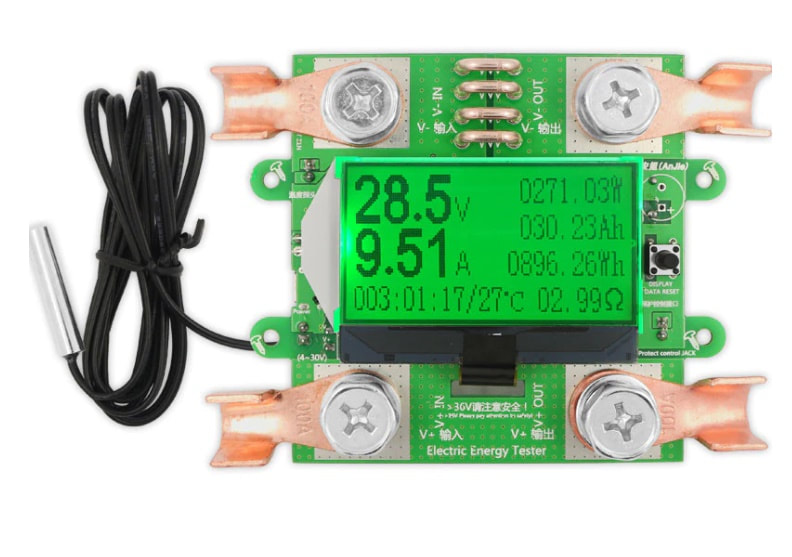I am a complete noob regarding solar, but I am planning to set up an off grid solar system for my backyard utility trailer I use an an office/workshop.
The trailer is roughly 8' x 14', and the 14' side has southern exposure.
I am considering installing 4 panels (72 cell) in the portrait orientation at a 10 degree elevation (to clear the roof vents in the center of the trailer.)
I like the Growatt 24V SPF 3000TL LVM, and am looking at the 24V LiFePO4 Powerwall Gen 2 for about $2K with shipping. Has anyone bought one of these batteries?
I am suspicious about a battery with only a 30 day warranty, but am looking for some guidance.
I think I can get by with the 24V A123 LFP Battery Box w/BMS, but I don't know if this battery contains used cells, and I am nervous about used cells.
Any advice on setting up this system would be appreciated.
I can get by with about 3 kw total daily power consumption in the winter, and about 8 kw consumption during the summer (due to additional air conditioning load), but I would like to make sure I have some spare battery capacity so the batteries would have a longer life. I live in Tucson, AZ, so the air conditioning load should be handled by the solar panels during the daylight hours, and I would just need sufficient battery capacity during the night.
Thanks
The trailer is roughly 8' x 14', and the 14' side has southern exposure.
I am considering installing 4 panels (72 cell) in the portrait orientation at a 10 degree elevation (to clear the roof vents in the center of the trailer.)
I like the Growatt 24V SPF 3000TL LVM, and am looking at the 24V LiFePO4 Powerwall Gen 2 for about $2K with shipping. Has anyone bought one of these batteries?
I am suspicious about a battery with only a 30 day warranty, but am looking for some guidance.
I think I can get by with the 24V A123 LFP Battery Box w/BMS, but I don't know if this battery contains used cells, and I am nervous about used cells.
Any advice on setting up this system would be appreciated.
I can get by with about 3 kw total daily power consumption in the winter, and about 8 kw consumption during the summer (due to additional air conditioning load), but I would like to make sure I have some spare battery capacity so the batteries would have a longer life. I live in Tucson, AZ, so the air conditioning load should be handled by the solar panels during the daylight hours, and I would just need sufficient battery capacity during the night.
Thanks



